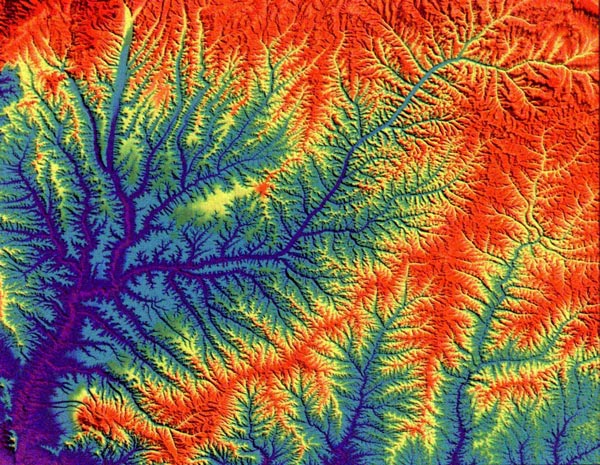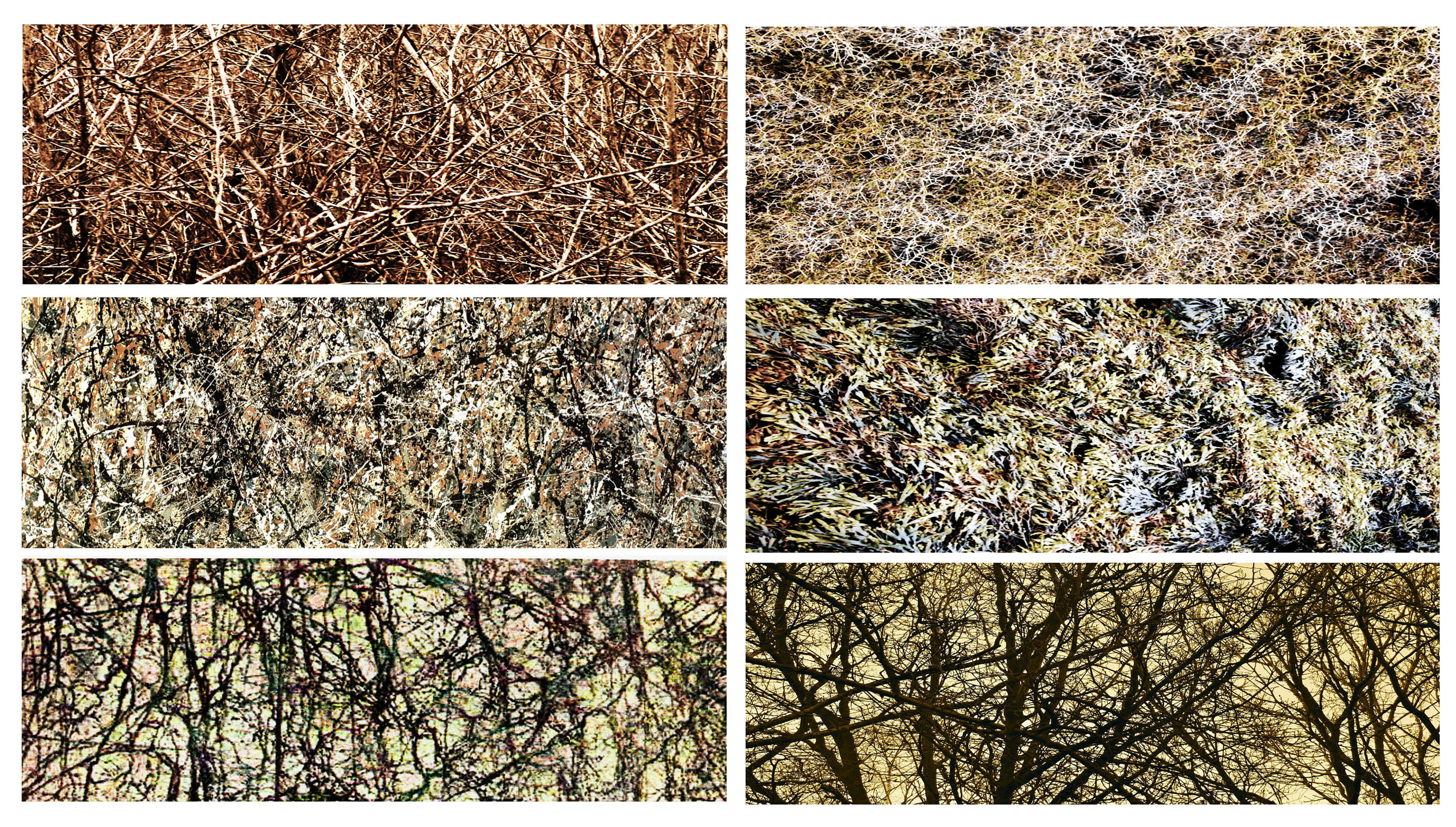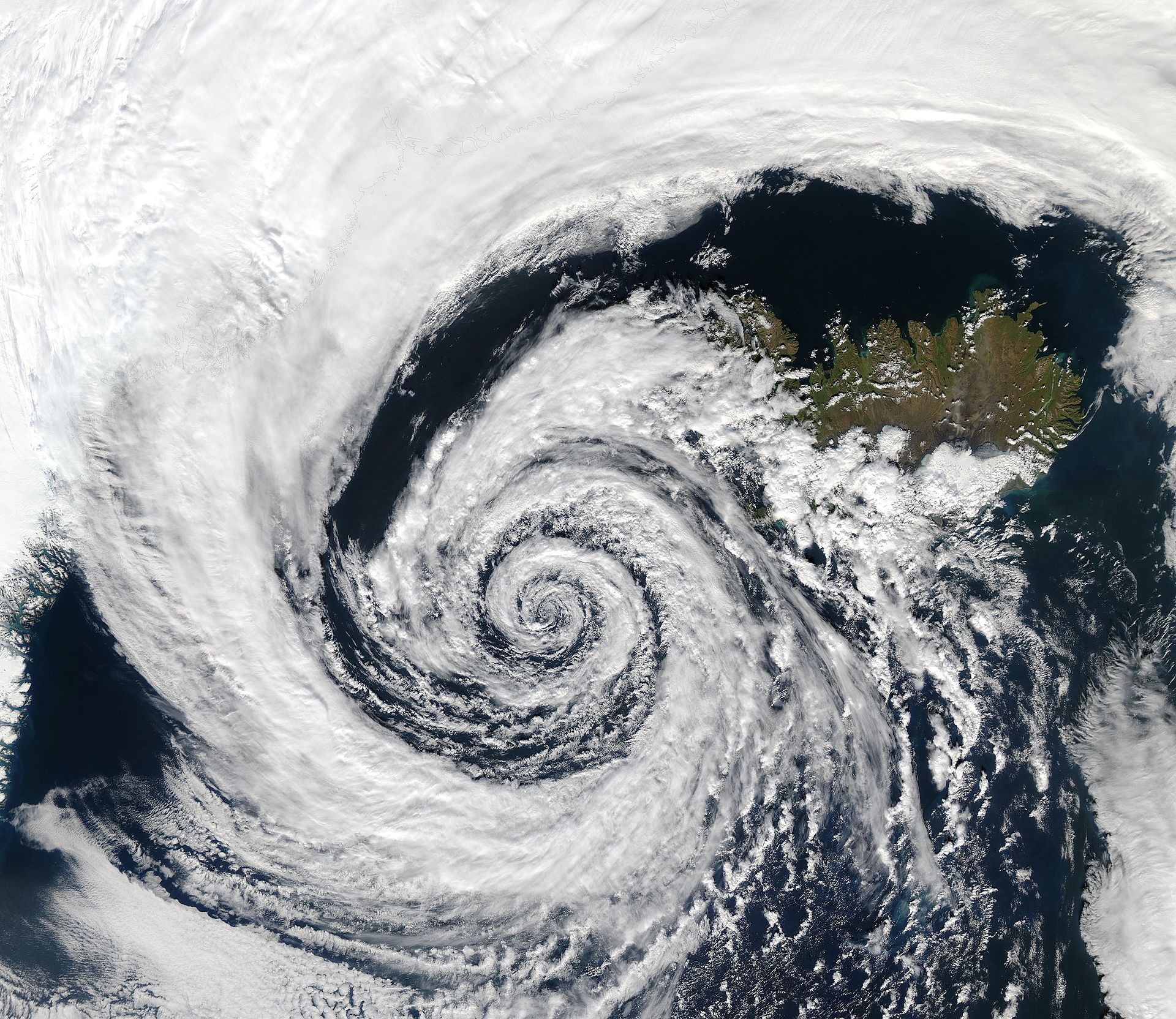Like listening to music, something is calming about being outdoors, and it might have to do with how we see and perceive natural patterns.
When the shape of something is repeated at ever smaller scales, like the branching of a tree, the spiral of a shell, or the fingers of a river, studies have shown it can produce a relaxed state in adult brains, reducing overall stress and providing a soothing feeling.
This is known as 'fractal fluency', the ability to recognise and process ever-diminishing patterns with relative ease.
New research on young children suggests our response to natural fractal scenery is not necessarily learned through exposure, as some have assumed. The findings suggest it is already present in us at age three. It could even be inherent to the human experience.
"Unlike early humans who lived outside on savannahs, modern-day humans spend the majority of their early lives inside these [hu]man-made structures," explains psychologist Kelly Robles from the University of Oregon.
"So, since children are not heavily exposed to these natural, low-to-moderate complexity fractal patterns, this preference must come from something earlier in development or perhaps it is innate."
 A river network. (Bruce D. Malamud/Kings College London)
A river network. (Bruce D. Malamud/Kings College London)
The term 'fractal' was coined in 1975, but long before that, artists like Jackson Pollock, MC Escher, and Katsushika Hokusai used these natural patterns to various effects in their art.
In fact, fractal analysis can actually help discriminate between fake Pollock pieces and real ones. Even the way human eyes trace a painting or the way our brain processes the ensuing information can be described as having a fractal pattern.
 Pollock paintings compared to tree fractals. (Richard Taylor/The University of Oregon)
Pollock paintings compared to tree fractals. (Richard Taylor/The University of Oregon)
Studies in the years since have shown adults prefer certain types of fractal patterns with specific levels of complexity most commonly found in nature.
Statistical fractals, for instance, show similar patterns across scales and are not symmetrical (think: coastlines, clouds and mountains). When observing these, humans tend to prefer mid-level complexity, reminiscent of savannah scenes.
But when looking at exact fractals, which show the same pattern at every single scale (think: snowflakes), greater complexity is preferred.
This suggests there might be a universal preference for natural patterns among adults, and this seems to have a soothing effect on us. But when in our lives did we become so in tune with these shapes?
It could be that we learned to do so over time, through repeated exposure to natural objects. This is known as the Goldilocks effect, and it suggests that as time goes on, we incrementally increase our knowledge of ever more intricate shapes until ultimately, we prefer patterns that show mid-level complexity – not too much for our brains and not too little.
But there is another explanation. If these trends are also found in children, then it suggests there is an early biological or evolutionary mechanism that shapes our visual system to prefer natural structures.
 A low-pressure system off the coast of Ireland. (Jacques Descloitres/NASA)
A low-pressure system off the coast of Ireland. (Jacques Descloitres/NASA)
The first study to delve into this idea has now uncovered evidence in support of a universal fractal fluency theory.
The study's data was provided by 82 adults aged 18 to 33, and 96 children between the ages of 3 and 10. All participants looked at fractal patterns on a tablet screen.
Each round, participants were either confronted by a random pair of exact patterns, showing a spectrum of complexity (which looked either branch-like or snow-like), or a random pair of statistical patterns, also showing various complexities (which looked cloud-like).
When volunteers had picked which image they preferred for all 10 rounds, they then completed a visual bias test and a questionnaire.
While adults and children showed preferences for particular patterns, there was no overall difference between the groups as far as a clear trend went. What's more, no relationship was found to exist between the way participants processed these images, their age, or their preference.
When confronted with statistically repeating patterns, adults and children alike tend to prefer low-to-moderate complexity. But when confronted with exact repeating patterns, they generally preferred the more intricate ones.
"We found that people prefer the most common natural pattern, the statistical fractal patterns of low-moderate complexity, and that this preference does not stem from or vary across decades of exposure to nature or to individual differences in how we process images," says Robles.
"Our preferences for fractals are set before our third birthdays, suggesting that our visual system is tuned to better process these patterns that are highly prevalent in nature."
If fractal aesthetics were merely a reflection of exposure to the most common patterns in nature, then differences in age should be appearing. Under this scenario, as children age, they should start to prefer more complex shapes.
But that doesn't appear to be the case, at least from initial research. The current study is small in size and will need to be verified through further study, but the fact that adults and children seem to prefer the same natural patterns indicates fractal fluency is established early on in life and is not reflective of a person's childhood environment.
It might also mean that children receive many of the same benefits from looking at fractal shapes as adults.
"Nature provides these benefits for free, but we increasingly find ourselves surrounded by urban landscapes devoid of fractals," says Robles.
"This study shows that incorporating fractals into urban environments can begin providing benefits from a very early age."
The study was published in Humanities and Social Sciences Communication.
#Humans | https://sciencespies.com/humans/even-as-kids-we-show-a-mysterious-possibly-innate-appreciation-of-natures-shapes/
No comments:
Post a Comment